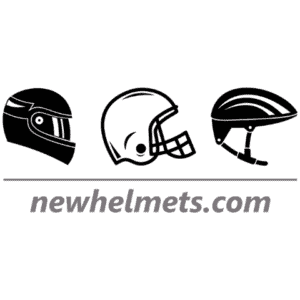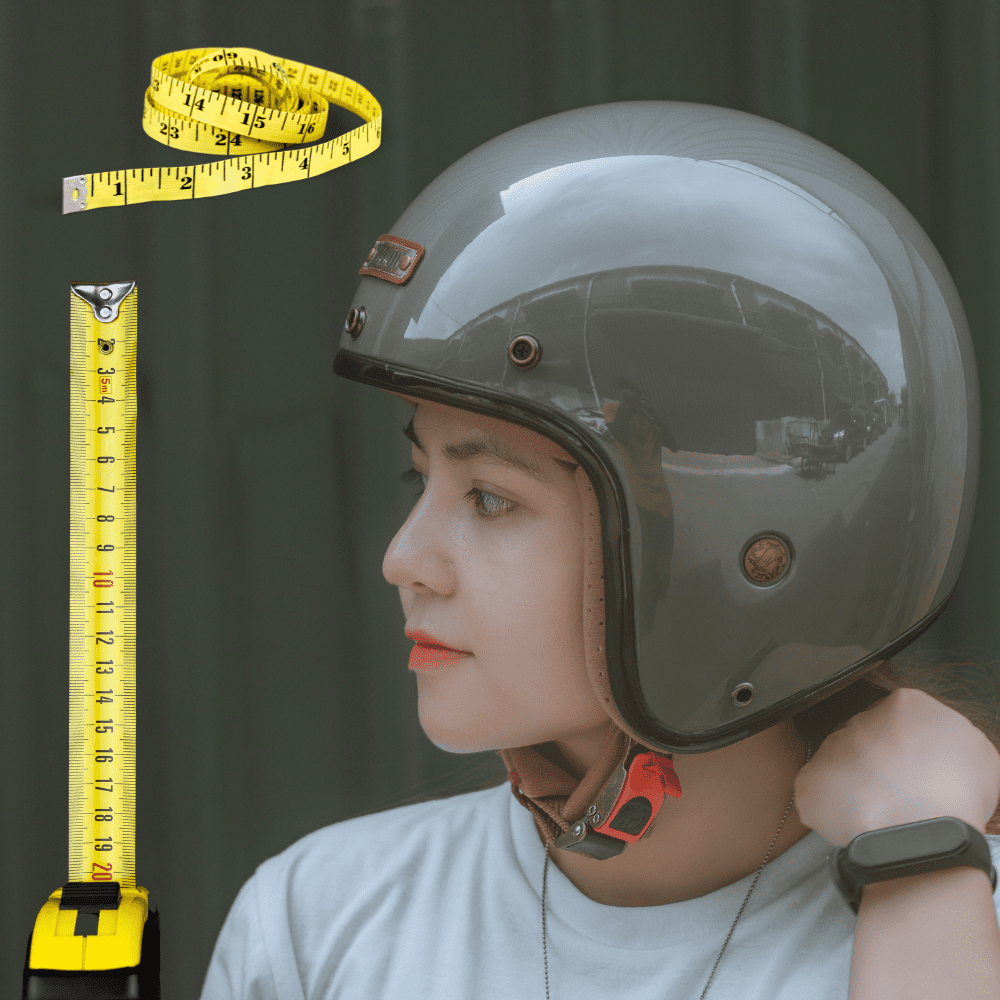You can determine if a helmet is too small by checking for the following signs:
- Pressure points: The helmet may be too small if you feel pressure on your forehead or temples.
- Gaps: if there are gaps at the front and back between the helmet and your head.
- Tightness: if the helmet feels tight or restrictive.
- Movement: if the helmet moves around on your head when you move.
It’s essential to make sure the helmet fits snugly but comfortably and that it does not move around on your head when you move. If you have any doubts, it is best to try on another helmet or consult with a professional.
Do helmets have sizes?
Yes, helmets come in a variety of sizes, just like clothing. Choosing the right size helmet is vital to ensure a proper fit. Most helmet manufacturers will provide a size chart on their website or on the packaging of the helmet, which can help you determine the right size for your head. When trying on a helmet, it should fit snugly but comfortably and should not move around on your head when you move.
How to make sure a motorcycle helmet fits properly
Here are a few steps to help ensure that a motorcycle helmet fits properly:
- Measure your head: To determine your helmet size, measure the circumference of your head at its widest point, typically about an inch above your eyebrows and ears.
- Try on the helmet: Once you have your head measurement, you can use the size chart provided by the helmet manufacturer to find the right size. It should be snug but not too tight when trying on the helmet. The helmet should be level on your head, not tilt forward or backward.
- Check for tightness: The helmet should be snug around your head, with no gaps between your head and the helmet. You should not be able to move the helmet more than an inch in any direction.
- Check the fit around the cheeks and jaw: Gently move your head side to side and up and down. The helmet should move with you without any pressure points.
- Check the visor or goggles: Open and close them to ensure they fit well and don’t obstruct your vision.
- Check the chin strap: Make sure the chin strap is snug but not too tight. You should be able to open your mouth but not have the helmet move around when you open your mouth or shake your head.
It’s important to note that even if a helmet is your correct size, it may still not be the right fit. It’s always a good idea to try on multiple helmets to find the one that feels the most comfortable and secure.
What would happen if my helmet was loose in a crash?
If a helmet is loose during a crash, it can cause several serious problems. The first and most obvious problem is that it will not adequately protect your head. A loose helmet will not absorb the impact energy of a crash and cannot save you from serious injury.
Another problem is that a loose helmet can come off during a crash. This can happen if the chin strap is not tight enough or if it’s not properly secured to your head.
A loose helmet can also cause neck injuries, as it can move around on your head during the crash. This can cause whiplash or other neck injuries and make any head injuries you sustain even worse.
It is crucial to ensure that a helmet fits properly and is secured tightly before riding. It should be snug but comfortable and should not move around on your head when you move.


